In this article, we have shared the 5 best Go tools for building blockchains, Go also known as Golang, it is a programming language developed by Google that is well-suited for building blockchains due to its high performance, concurrency support, and built-in security features.
Go’s garbage collection and memory management capabilities make it well-suited for handling the high demands of blockchain networks.
Additionally, Go’s built-in support for concurrency allows for the efficient handling of multiple transactions and blocks being processed at the same time, which is crucial for blockchain systems.
Furthermore, Go’s strict type system and static code analysis can improve security and reduce the risk of vulnerabilities. Overall, Go’s combination of performance, concurrency, and security makes it a popular choice for building blockchain systems.
Let’s get started with the list of Go tools for building Blockchains.
1. Cosmos SDK
Cosmos SDK is an open-source toolkit for creating blockchain systems and decentralized apps. It is built on the Tendermint BFT consensus engine, which offers a fault-tolerant, high-performance foundation for constructing blockchain applications.
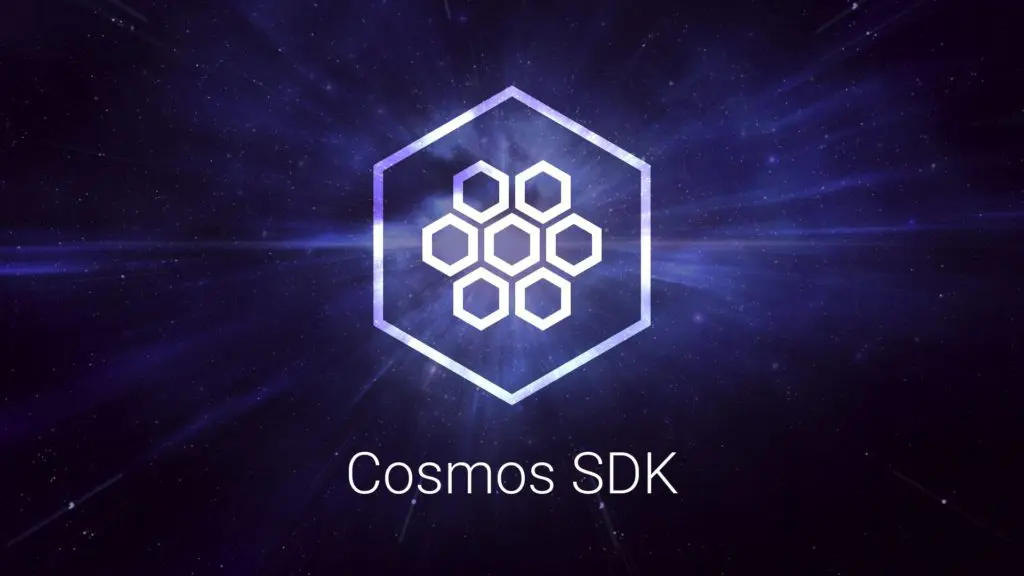
By offering a flexible collection of features including an integrated governance system, a multi-asset ledger, and a decentralized exchange, the Cosmos SDK enables developers to create their own unique blockchain.
The Inter-Blockchain Communication (IBC) protocol, a feature of the Cosmos SDK that enables the transfer of assets and data between various blockchains, also provides interoperability between other blockchain networks. Overall, the Cosmos SDK offers a powerful and adaptable framework for creating bespoke decentralized applications and blockchain systems.
2. Solana SDK library
Solana SDK library is a set of tools and libraries for building decentralized applications and blockchain systems on the Solana blockchain platform using the Go programming language.
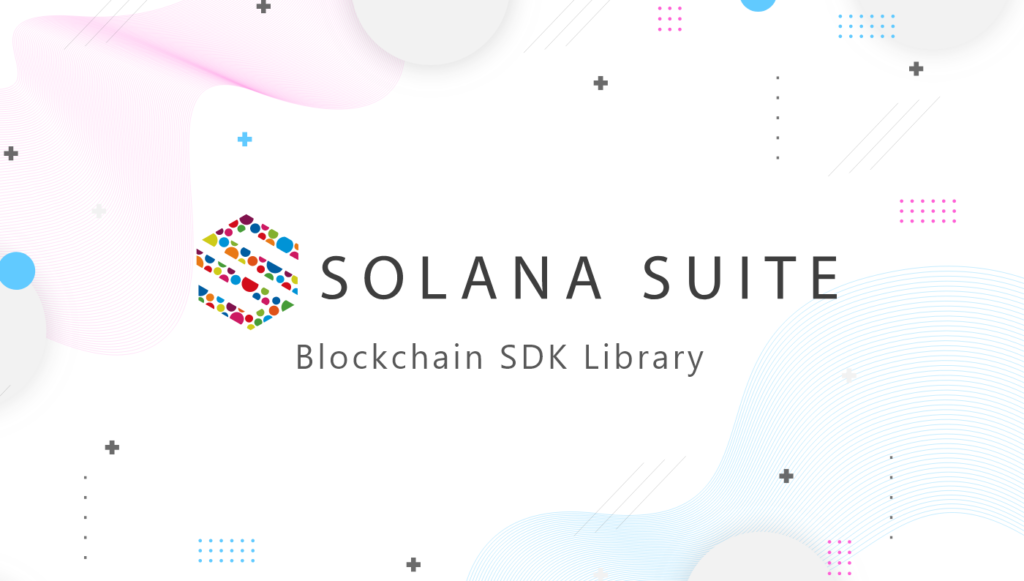
It is a Go library to interface with Solana JSON RPC and WebSocket interfaces.
It provides an easy way to interact with the Solana blockchain, such as creating and signing transactions, querying the state of the blockchain, and interacting with smart contracts.
It also provides a set of libraries and tools to help developers to create, test, and deploy smart contracts written in the Go language.
3. Go Ethereum
Go Ethereum (Geth) is an Official Golang execution layer implementation of the Ethereum protocol. It is one of the most well-known and extensively used clients for Ethereum and is used to connect to and communicate with the Ethereum network.
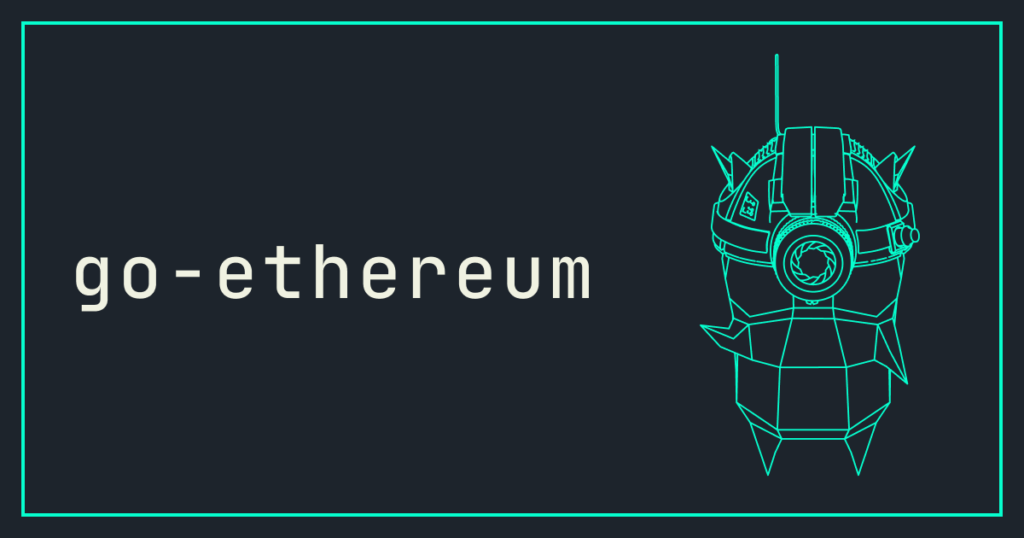
Geth enables programmers to mine Ethereum, transfer Ethereum, create and manage smart contracts, and interact with decentralized apps running on the Ethereum network.
Additionally, it offers command-line options and a JSON-RPC interface for dealing with the Ethereum blockchain.
Additionally, Geth has a built-in JavaScript console that enables programmers to communicate with the Ethereum network and launch smart contracts from the command line.
Geth also supports other functions like account administration, staking, and synchronization with the Ethereum blockchain.
4. Gossamer
Gossamer is a Go implementation of the Polkadot Host, which is a component of the Polkadot network that allows for the creation and management of parachains, which are parallel chains that are connected to the main Polkadot chain.
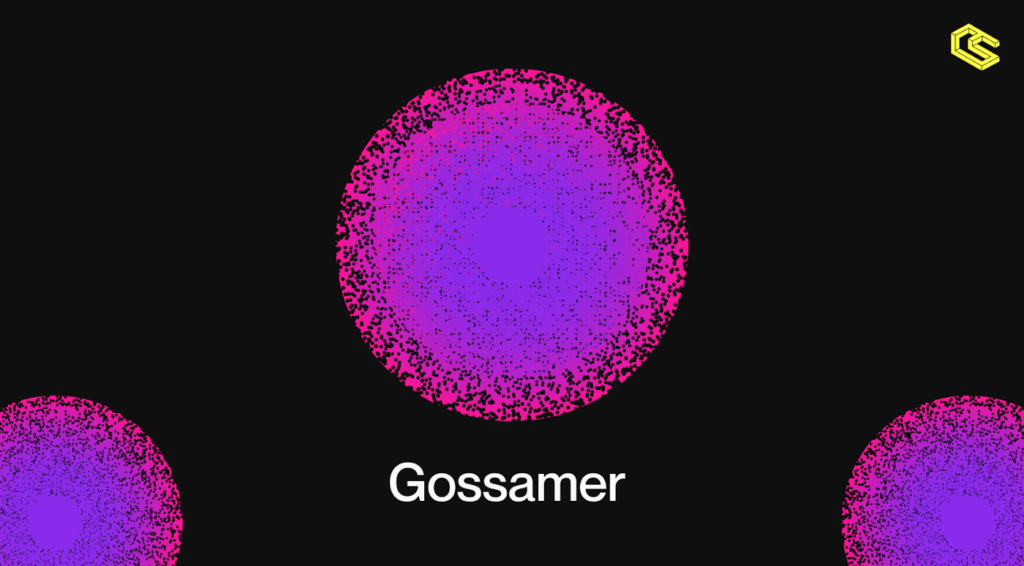
The host is responsible for maintaining the state of the parachains and ensuring that they are able to communicate with the main chain.
The Gossamer implementation is intended to provide a high-performance, lightweight solution for running a Polkadot node. It also implements the network protocol, consensus algorithm, and other features that make it a full-node software of the Polkadot network.
It allows developers to create and manage their own parachains, as well as participate in the governance of the network.
5. Tendermint
Tendermint is a blockchain-based consensus engine. It’s intended to be a high-performance, secure, and fault-tolerant method of reaching consensus in a distributed network.
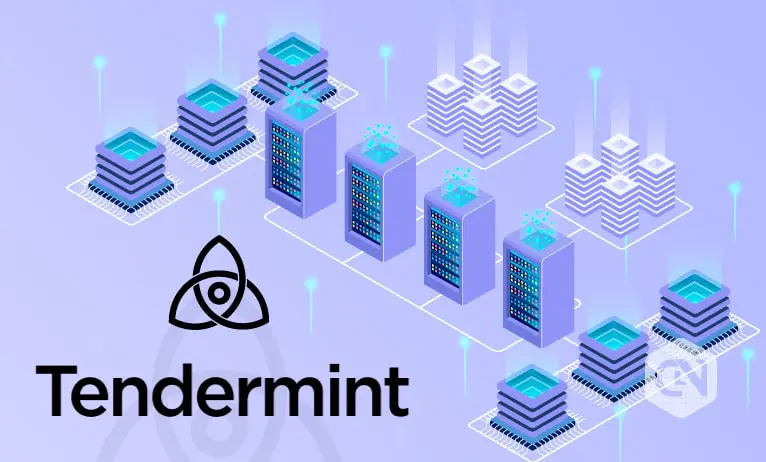
Tendermint employs a Byzantine Fault Tolerance (BFT) consensus algorithm variant that enables fast and efficient consensus even in the presence of malicious actors.
Tendermint is modular and can be integrated with a variety of blockchain platforms and protocols, including Cosmos-SDK, a framework for developing decentralised applications, and Ethermint, a Tendermint-based Ethereum Virtual Machine implementation.
Tendermint used to offer Tendermint Core, a standalone blockchain software that can be used to build and deploy a new blockchain network which is now being archived for various reasons.
Conclusion
To summarise, Go is a powerful and efficient programming language that is ideal for developing blockchain applications. Many Go tools are available to help developers build robust and secure blockchain systems. The following are the top five Go tools for creating blockchains:
- Cosmos SDK: a framework for developing decentralized apps that can be integrated with Tendermint.
- Solana SDK: A library that enables developers to create and deploy decentralized apps on the Solana blockchain network.
- Ethereum Go is a Go-based implementation of the Ethereum protocol.
- Gossamer is a Go implementation of the Polkadot Host that enables the creation and management of parachains.
- Tendermint is a blockchain consensus engine that is designed for fast and efficient consensus.
These tools give developers the functionality they need to create and deploy blockchain systems. Tendermint’s high-performance and secure consensus engine, Polkadot’s interoperability and scalability, the Solana SDK for building decentralized applications on the Solana network, and the Cosmos-SDK for building decentralized applications all offer something for every blockchain developer.

